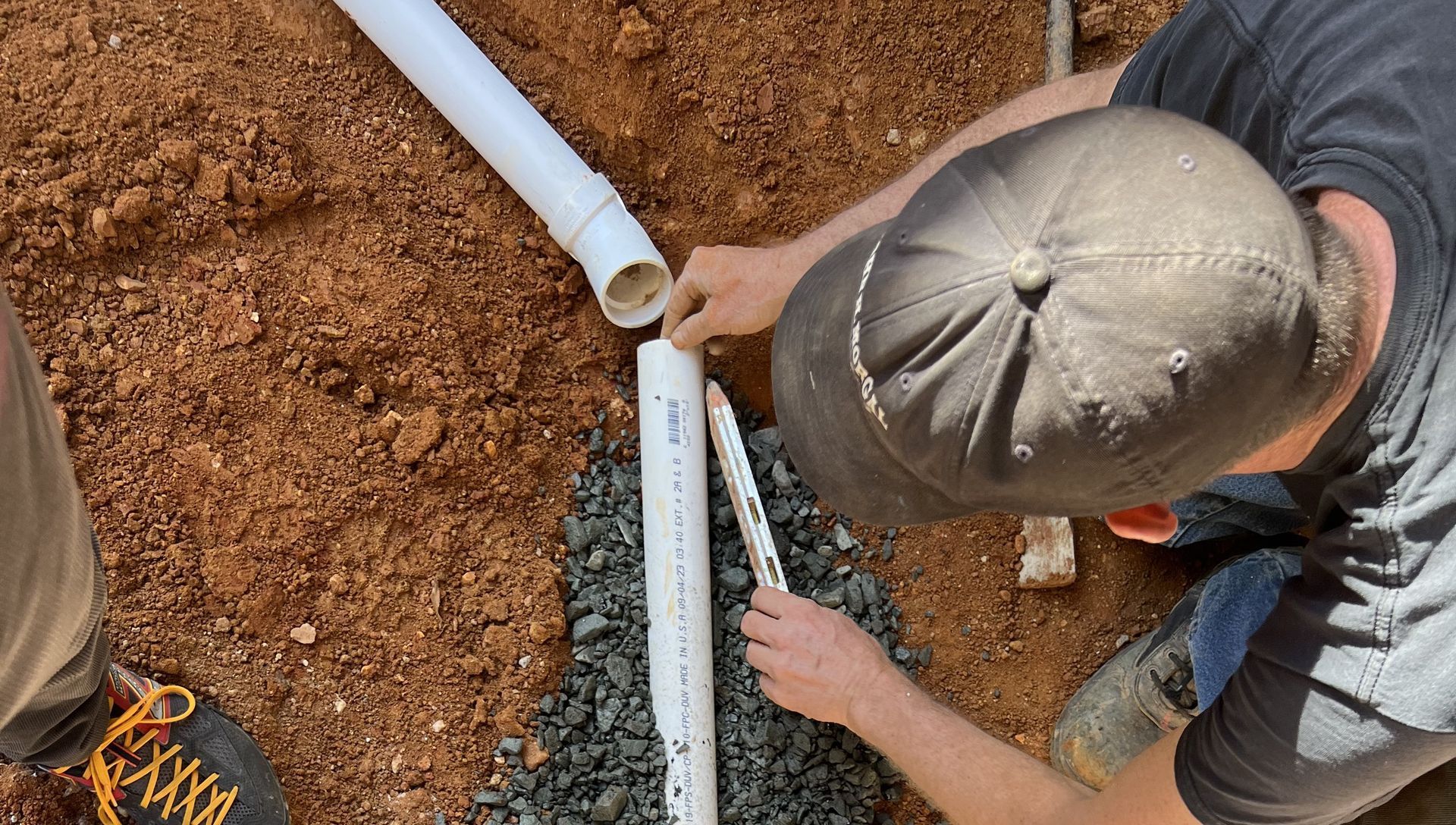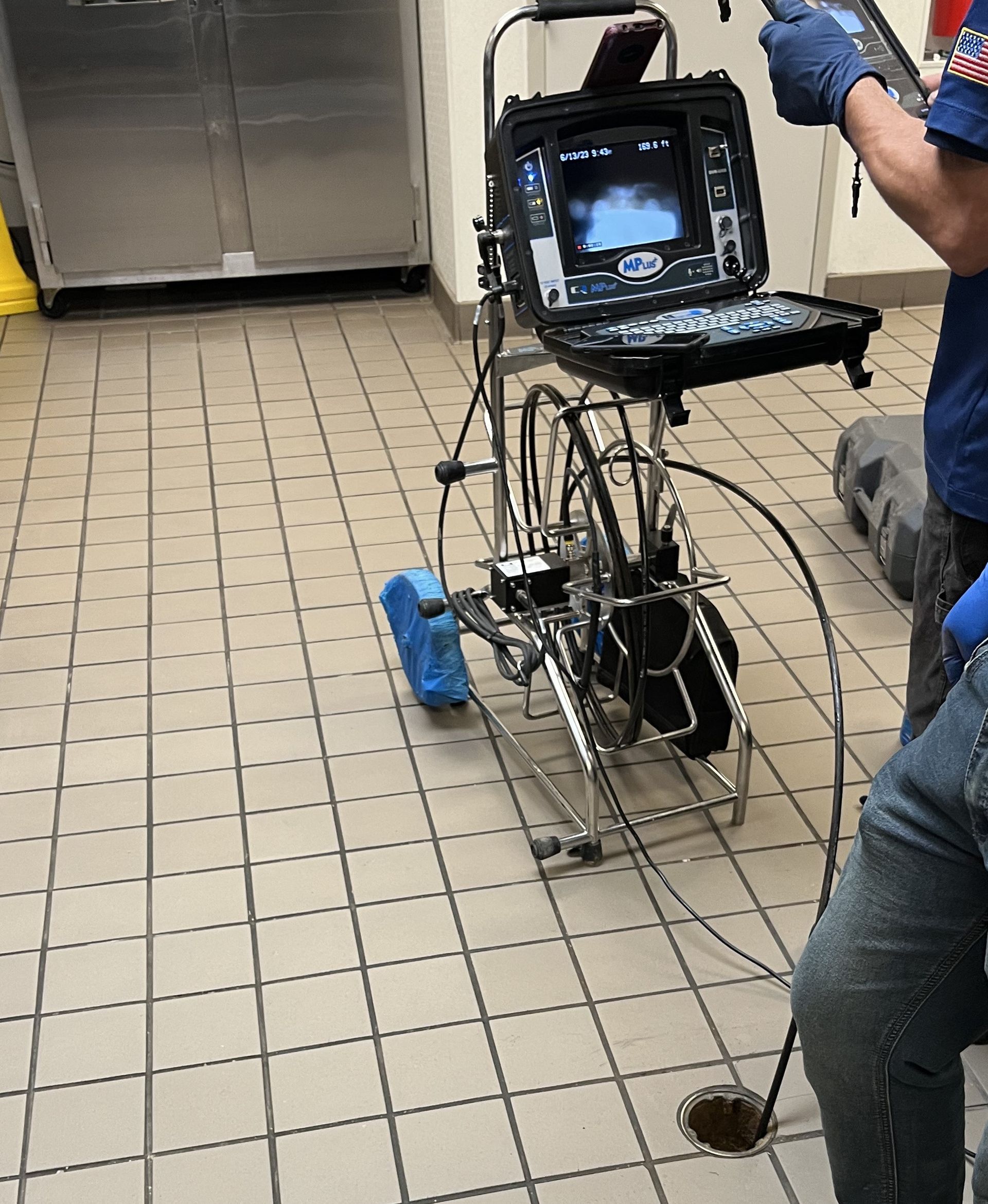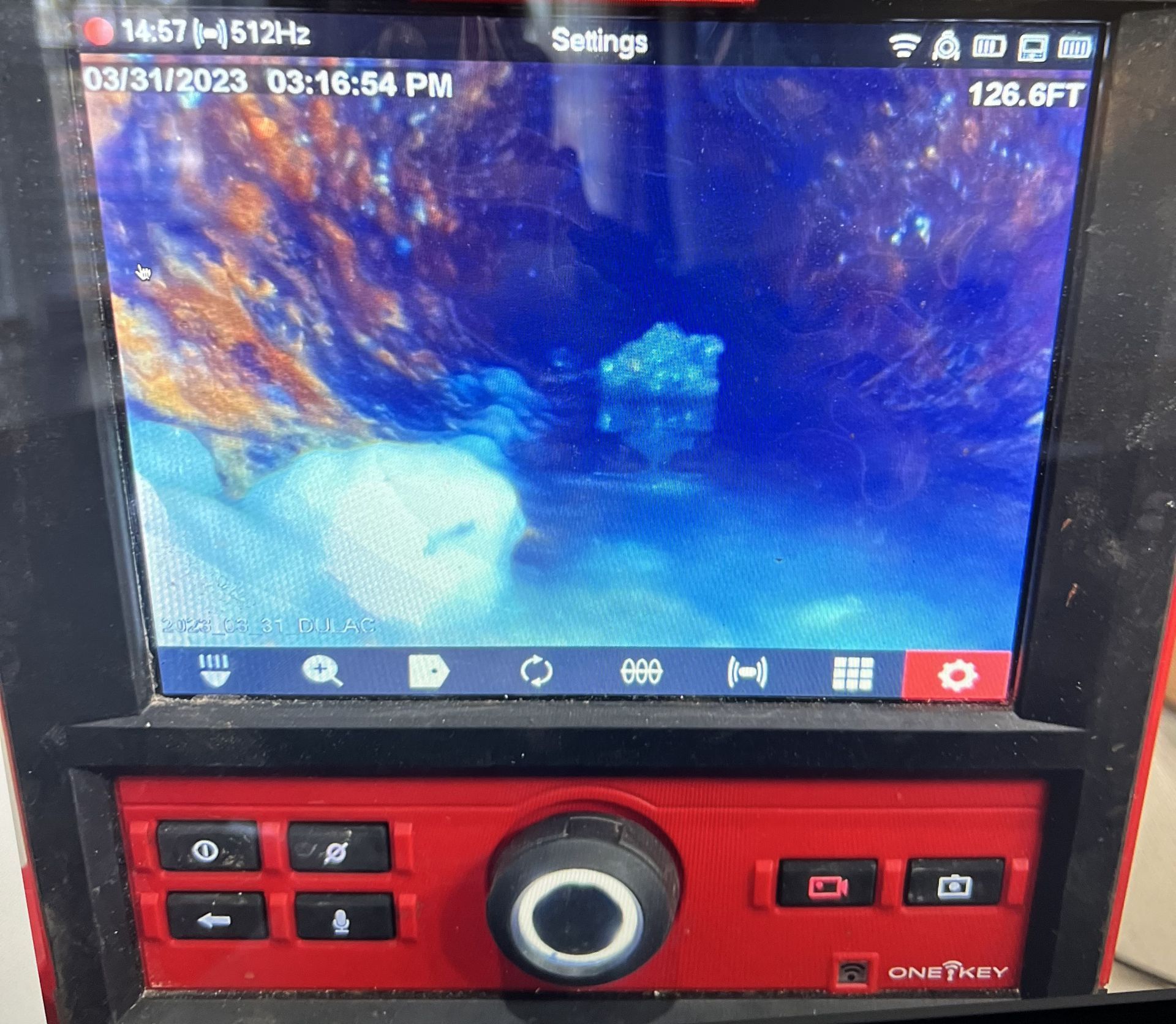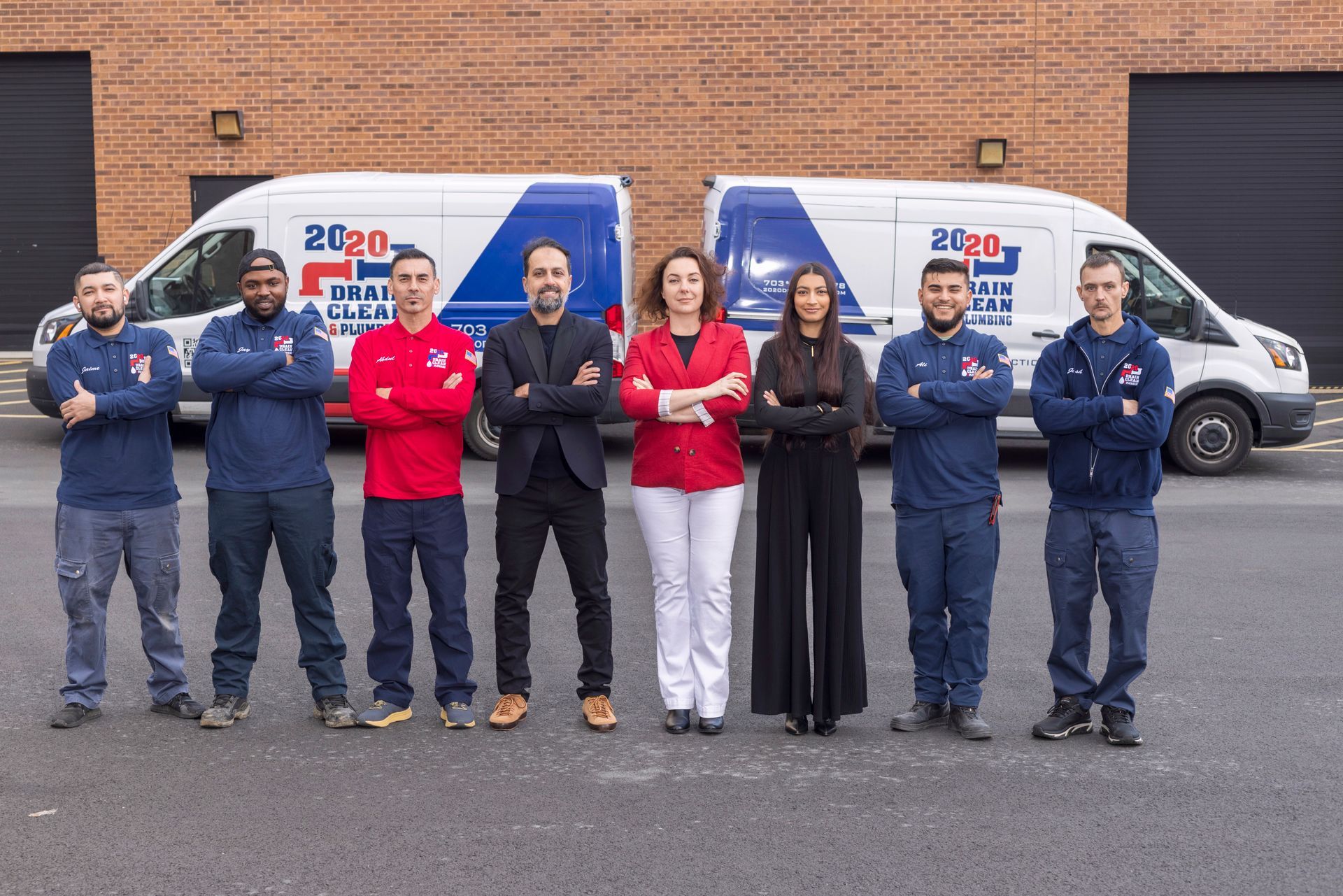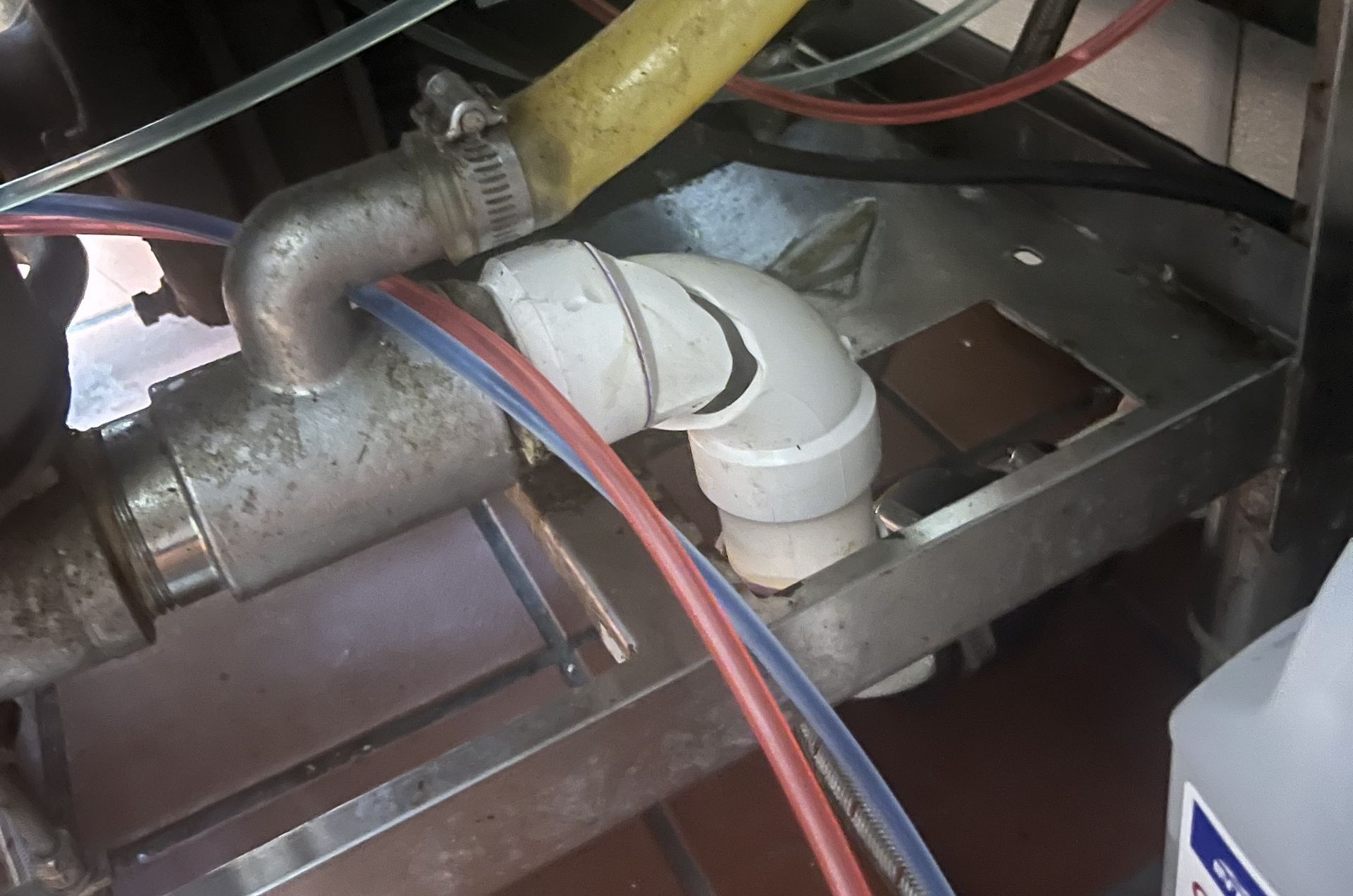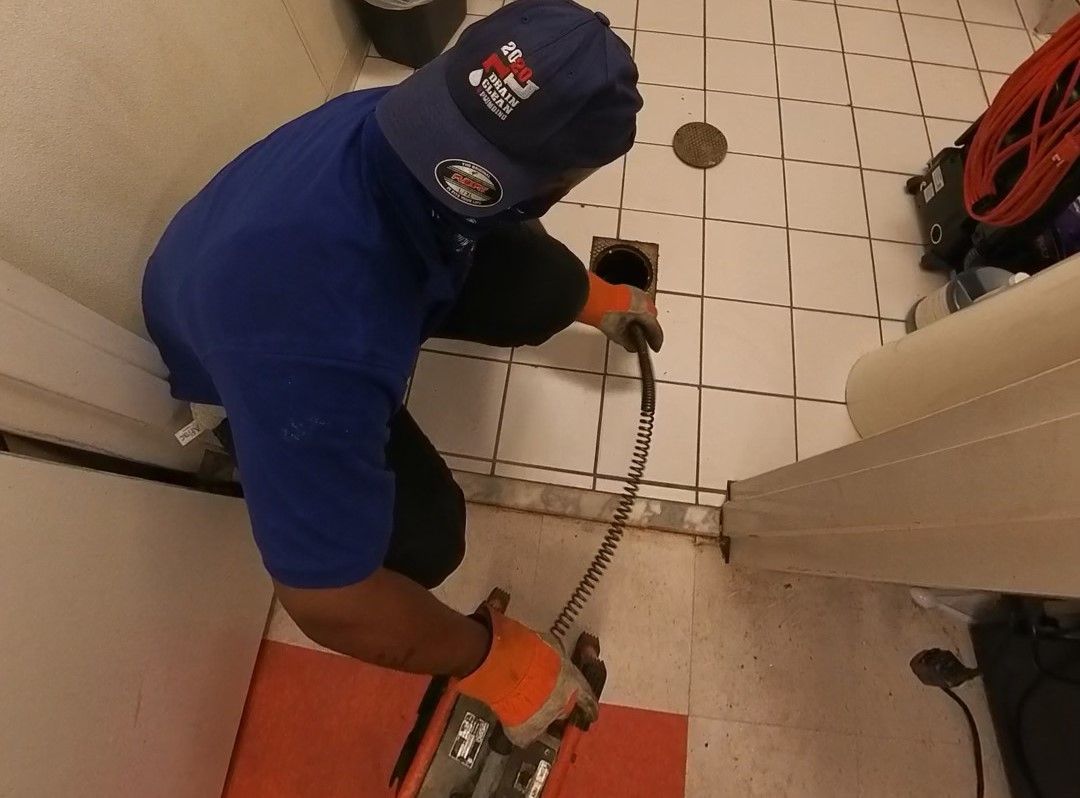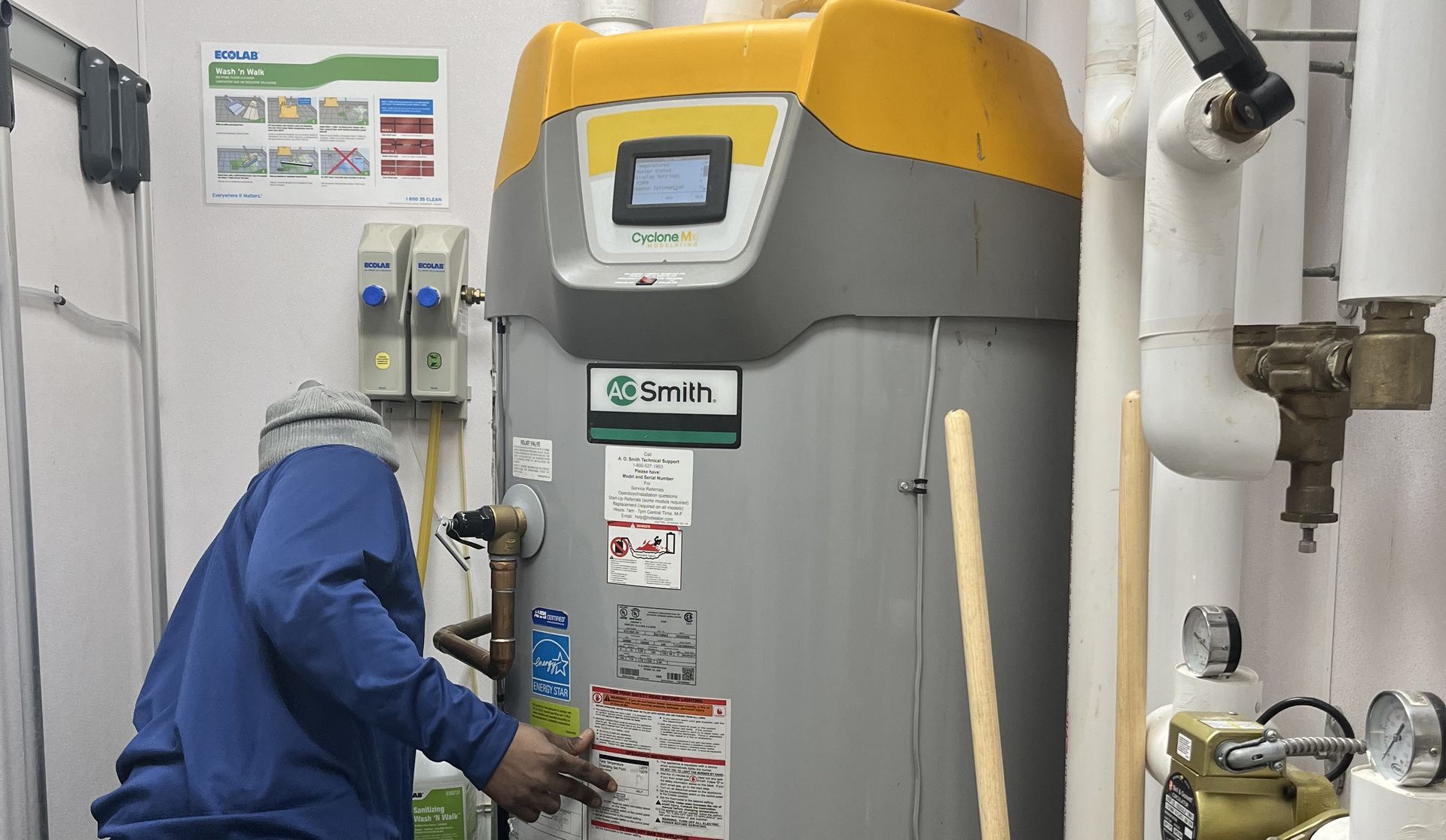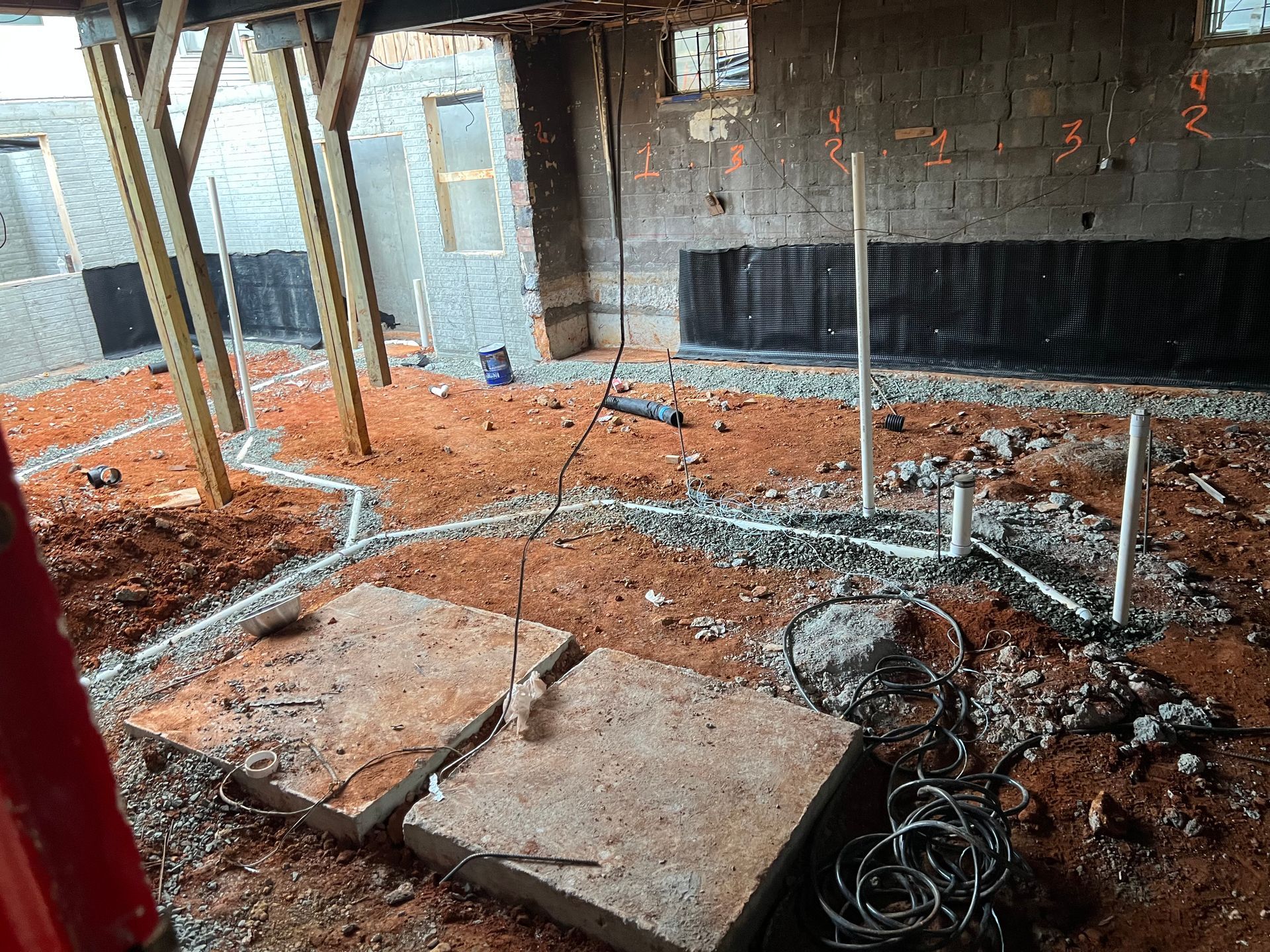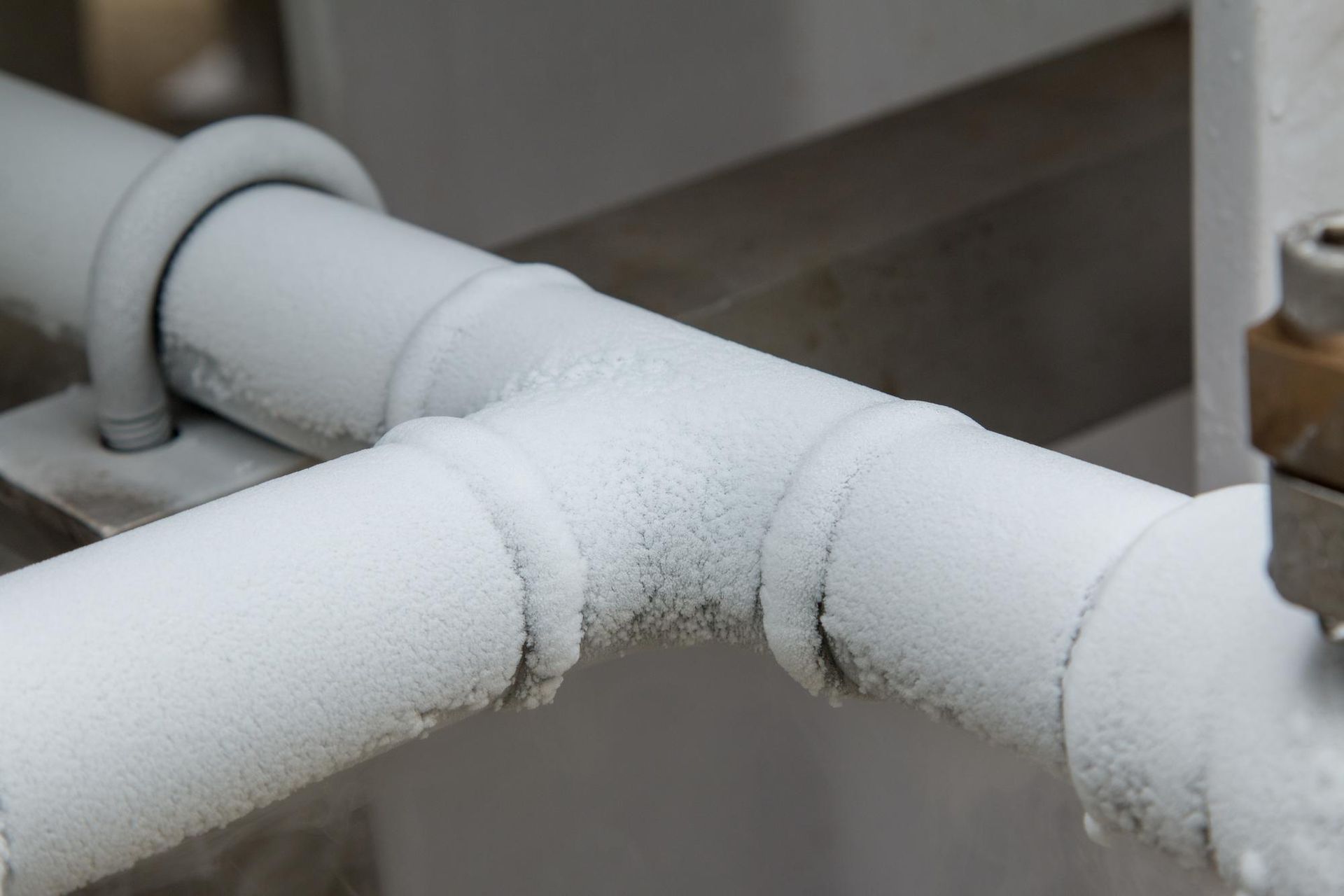Expert Tips for Installing Underground Water Pipes Successfully
Have you ever wondered what it takes to successfully complete an underground water pipe installation? This process, crucial for ensuring a steady and safe water supply to our homes and businesses, requires careful planning and execution. In this article, we'll delve into expert tips that make underground water pipe installation a success.
Understanding the Basics of Underground Water Pipes
Before you begin, it's important to understand the types of pipes suitable for underground use. Materials range from PVC and polyethylene to copper and galvanized steel, each with its own advantages. The basic principles of installation include knowing the right depth, the importance of a proper slope for efficient water flow, and choosing the right materials.
Pre-Installation Planning and Preparation
Embarking on an underground water pipe installation project requires meticulous planning and preparation to ensure everything goes smoothly. The first step involves a thorough assessment of the installation site. This includes understanding the soil type, which can significantly impact how you approach the digging and laying of the pipes. For example, sandy soil may require different handling compared to clay-heavy soil due to differences in support and drainage characteristics.
The depth of the installation is another critical factor. It's essential to dig deep enough to prevent the pipes from freezing in winter, which can vary depending on your geographical location. Mapping out the layout of the pipes is also a crucial part of the planning stage. This layout should consider the most efficient route for water flow, while also avoiding obstacles like tree roots or existing underground structures.
Obtaining the necessary permits is a step that cannot be overlooked. Every region has specific regulations and requirements for underground construction, and failing to comply can lead to legal issues and project delays. It’s vital to consult with local authorities to understand what is required in terms of permits and adherence to local codes and standards.
After securing the permits, creating a detailed installation plan is the next crucial step. This plan should outline every phase of the project, including timelines, material acquisition, manpower needs, and contingency plans for unexpected challenges. The plan should be comprehensive yet flexible, allowing for adjustments as the project progresses.
Lastly, preparing the site is as important as the installation itself. Clearing any debris, marking utility lines, and setting up safe and accessible work areas are essential tasks. Ensuring that all necessary tools and materials are available and in good condition before starting the work can save time and prevent disruptions once the project is underway.
Expert Tips for Installation
Proper Depth and Slope Management:
- Determining the Right Depth: The depth at which pipes are laid is critical. It should be below the frost line to prevent freezing in colder climates. A general rule is to install water pipes at least 12 to 18 inches deep, but this can vary based on local climate and soil conditions.
- Calculating the Correct Slope: For efficient water flow and to avoid stagnation, a slight slope is necessary in your pipe layout. A slope of about 1/4 inch per foot of pipe is often recommended. Using a level during installation can help ensure accuracy.
Ensuring Quality Pipe Connections:
- Selecting the Right Joint Type: Whether you're using push-fit, solvent-weld, or compression joints, it’s crucial to select the right type for your pipe material. Each joint type has its pros and cons, and the right choice depends on the pipe material and the installation environment.
- Preventing Leaks: To prevent leaks, ensure that all joints are tightly sealed. Using thread sealant tape or joint compound on threaded joints, and ensuring solvent-weld joints are fully cured before testing, are key steps.
Protecting Pipes from Damage:
- During Installation: Be cautious during the digging and laying process. Use protective pipe sleeves or insulation where necessary, especially where pipes may be vulnerable to damage from external sources like roots or construction activities.
- Correct Backfilling Techniques: After laying the pipes, backfill the trench carefully. Start with a layer of sand or fine soil to protect the pipe from sharp rocks. Compact the soil in layers to avoid any voids that could lead to soil settling later, which might put pressure on the pipes.
Testing and Troubleshooting
After the physical work of installing underground water pipes is completed, the critical phase of testing and troubleshooting begins. This is where you ensure the integrity and functionality of the installation.
Testing usually starts with a pressure test to check for leaks. This involves filling the pipes with water and pressurizing them to a level above the normal operating pressure. It’s important to maintain this pressure for a specific duration, often several hours, to monitor for any drop in pressure which would indicate a leak. In some cases, dye tests or air pressure tests might also be used, depending on the
type of pipes and the installation environment.
Identifying and addressing common issues is the next crucial step. Leaks are the most common problem and can usually be located at joint connections. These should be inspected carefully for any signs of water seepage. If a leak is found, it’s crucial to repair it immediately. This might involve tightening connections or reapplying joint compound or sealant. In more severe cases, sections of pipe may need to be replaced.
Blockages are another issue that can arise, often caused by debris that gets into the pipes during installation. To
clear blockages, plumbers might use specialized tools like pipe snakes or hydro-jets. It’s important to clear blockages thoroughly to prevent future problems with water flow.
Apart from leaks and blockages, other issues like pipe misalignment or damage due to backfilling can also occur. These require more extensive troubleshooting and may involve re-excavating sections of the pipe for repair or realignment.
Finally, documenting the testing and any troubleshooting actions is important for future reference. This documentation can be invaluable for maintenance or if further work on the pipe system is required.
Maintenance and Long-Term Care
Maintaining underground water pipes is crucial for ensuring their longevity and optimal performance. Regular maintenance involves periodic checks to detect any early signs of wear or damage. This could include looking for changes in water pressure which might indicate a leak or blockage, or checking exposed sections of the pipe for signs of corrosion or damage.
It’s also wise to conduct occasional inspections using more sophisticated methods like video pipe inspection. This technology allows for a detailed internal view of the pipes, helping to identify any hidden issues like small leaks or cracks before they escalate into major problems. Another aspect of maintenance is keeping the area around the pipes clear. This means managing tree roots, which can grow into and damage pipes, and ensuring that any construction or landscaping work near the pipes is done cautiously.
In regions with extreme weather conditions, taking additional steps to protect pipes from freezing or overheating is important. This might include adding insulation around the pipes or adjusting the depth of the pipes initially to mitigate the risk of weather-related damage.
Safety Considerations
When it comes to installing underground water pipes, safety is paramount. During the installation process, it is crucial to follow all relevant safety protocols to protect both the workers and the integrity of the pipes.
One of the primary concerns is ensuring that the excavation site is stable and safe. This means shoring up the sides of trenches to prevent collapses, which can be dangerous for workers and can damage the pipes. Workers should always wear appropriate safety gear, including hard hats, safety glasses, gloves, and sturdy boots to protect against potential hazards at the site.
Another key safety consideration is being aware of and avoiding existing underground utilities like electrical lines, gas pipes, and communication cables. Accidentally damaging these can lead to dangerous situations and service disruptions. Therefore, it's essential to have a clear map of all existing underground utilities before beginning the excavation process.
Lastly, proper training for all personnel involved in the installation is crucial. This includes training on how to use the equipment safely, how to respond to emergencies, and understanding the specific safety requirements of the project.
Conclusion
Remember, underground water pipe installation requires careful planning and execution. By following these expert tips, you can ensure a successful installation that lasts for years. If you're in Chantilly VA or Lorton VA and seeking professional assistance, look no further than 2020 Drain Clean & Plumbing. We are renowned for our expertise and reliability in this field. Our team of seasoned professionals is equipped to handle all aspects of underground water pipe installation and maintenance, ensuring your project is carried out with the utmost precision and care.
Whether you need guidance on planning, installation, or maintenance, we at 2020 Drain Clean & Plumbing are here to help. Don't hesitate to reach out to us at
(703) 677-0878 for top-notch service that you can trust. Our commitment to quality and customer satisfaction makes us the go-to service provider in the region.
Search
Recent Posts
Service Areas:
Aldie, Alexandria, Ashburn, Arlington, Burke, Centerville, Chantilly, Dale City, Dulles, Dumfries, Fairfax, Falls Church, Gainesville, Great Falls, Herndon, Lake Ridge, Manassas, Mclean, Nokesville, Sterling, Springfield, Stafford, Tysons, Triangle, Woodbridge and more in Northern Virginia
Our Mission
2020 Drain Clean & Plumbing mission is to be the last Plumbing company you ever need to find!
All Rights Reserved | 20/20 Drain Clean & Plumbing, LLC

